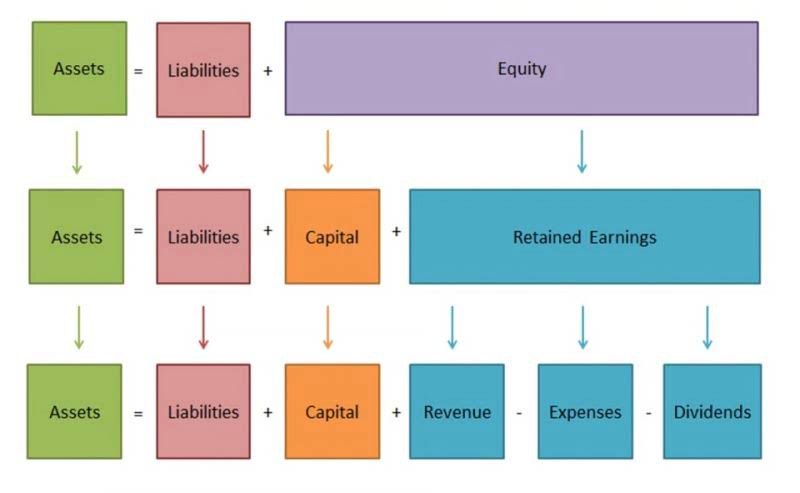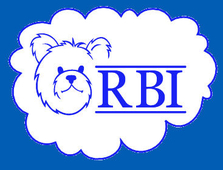
Weigh your options carefully before deciding to offload illiquid assets for a quick buck. Working capital management is a financial strategy your small business should employ to enhance working capital and meet day-to-day operating expenses. There are three ratios that are used in working capital management that can help you monitor your company’s financial health.

A ratio above 2.0 may indicate that the company is not effectively using its assets to generate the maximum level of revenue possible. That means your business will find itself financing accounts receivable for some time until they are paid up. In other words, you’ll need enough working capital to meet your company’s needs.
Business Class
Examples of current liabilities include accounts payable, short-term debt payments, or the current portion of deferred revenue. It is important to note that a high working capital ratio does not necessarily indicate financial stability. A ratio that is too high may suggest that a company is not investing its excess cash in growth opportunities or is not effectively managing its inventory. On the other hand, a low working capital ratio may indicate that a company is struggling to meet its short-term obligations and may be at risk of defaulting on its loans.
Working capital represents a company’s ability to pay its current liabilities with its current assets. This figure gives investors an indication of the company’s short-term financial health, capacity to clear its debts within a year, and operational efficiency. The working capital ratio remains an important basic measure of the current relationship between assets and liabilities.
What does the working capital ratio tell you?
Therefore, companies that are using working capital inefficiently or need extra capital upfront can boost cash flow by squeezing suppliers and customers. Current assets are economic benefits that the company expects to receive within the next 12 months. The company has a claim or right to receive the financial benefit, and calculating working capital poses the hypothetical situation of the company liquidating all items below into cash. The working capital turnover indicator may also be misleading when a firm’s accounts payable are very high, which could indicate that the company is having difficulty paying its bills as they come due. However, an extremely high ratio might indicate that a business does not have enough capital to support its sales growth. Therefore, the company could become insolvent in the near future unless it raises additional capital to support that growth.
- If the asset is part of your revenue creation process or may accrue value in the future, you could be undermining future cash flow.
- Your company’s working capital will also have to increase alongside your revenue, especially if you’re selling products.
- This indicates whether a company possesses enough short-term assets to cover short-term debt.
- Working capital is calculated by subtracting current liabilities from current assets, as listed on the company’s balance sheet.
- Analysts and lenders use the current ratio (working capital ratio) as well as a related metric, the quick ratio, to measure a company’s liquidity and ability to meet its short-term obligations.
Inventory turnover shows how many times a company has sold and replaced inventory during a period, and the receivable turnover ratio shows how effectively it extends credit and collects debts on that credit. To ensure that they are using their working capital efficiently, businesses should effectively manage accounts payable, accounts receivable, and inventory levels. The working capital ratio is a critical metric used by investors, analysts, and creditors to evaluate a company’s financial health and determine its short-term solvency. In contrast, a company has negative working capital if it doesn’t have enough current assets to cover its short-term financial obligations. A company with negative working capital may have trouble paying suppliers and creditors, and difficulty raising funds to drive business growth.



Add Comment